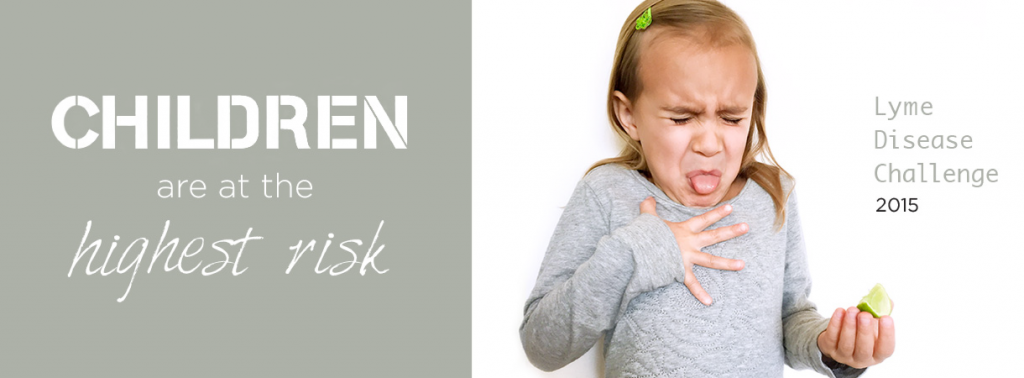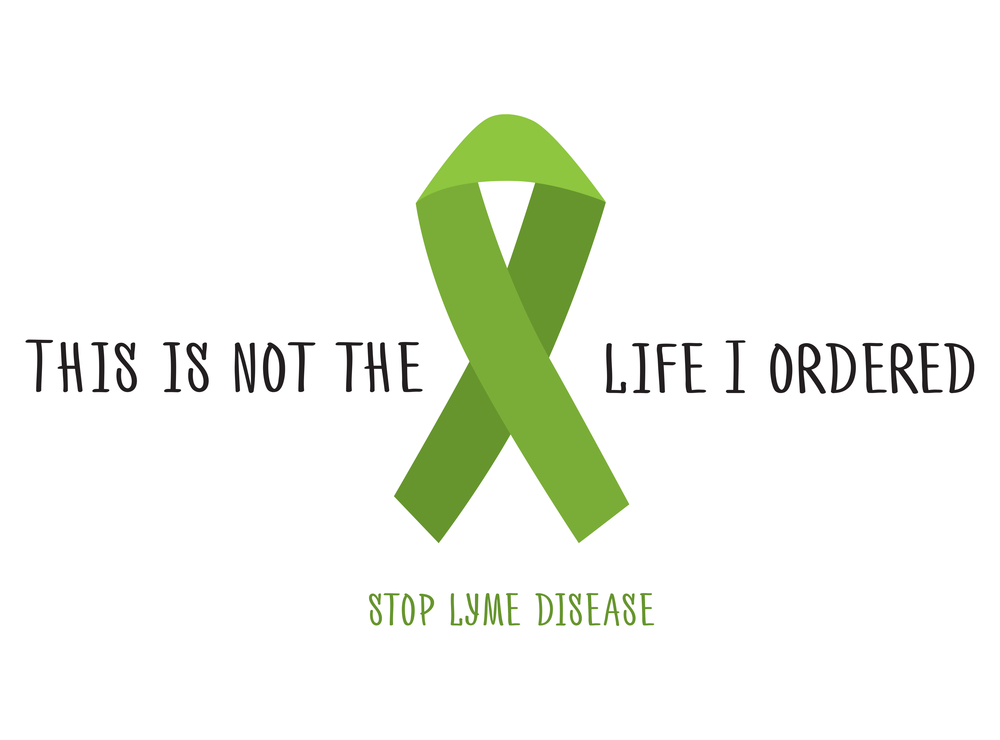Source: Jenifer Crystal’s Chronicles
My Facebook feed flooded this week with back-to-school photos. Many of my friends’ children posed with big smiles, crisp new school clothes and shiny lunchboxes before setting off on the adventure of a new academic year. As I scrolled through the happy pictures, I couldn’t help thinking of all the students who aren’t well enough to put on new clothes, or force a smile, or even stand on the front stoop. I remembered the parents in my Connecticut Lyme Support Group, many of whom had more than one child with Lyme or other tick borne diseases. Living in one of the most endemic areas in the world, these parents would send their children out to play, only to have one after the other after the other fall ill. For these families, a regular “back to school” routine became a forgotten memory or a hard-sought dream.
The Children’s Lyme Network reports that at least 75,000 children are diagnosed with Lyme disease annually; that number does not include those also suffering with other tick-borne infections such as babesia, bartonella and/or ehrlichia. The Network’s website states that “more children are diagnosed with Lyme disease each year than all combined cases of pediatric cancer, type 1 diabetes, cystic fibrosis, and epilepsy.” The prevalence of tick borne disease in children can be attributed to a number of factors: children spend more time playing in the woods and grass than adults; they tend to roll around in these areas (they are, after all, kids!); they are lower to the ground, making them more susceptible to preying ticks; and they are not as capable as adults of performing thorough tick checks or recognizing and verbalizing symptoms.
Despite these facts, pediatric Lyme patients fight the same validation battles that adult Lymies face. Because some of their symptoms, such as irritability, joint aches, and difficulty concentrating, can mirror “growing pains,” legitimately sick children are often given the same “all in your head” write-off that adults contend with. It’s hard enough to get people to believe you when you have the words and emotional maturity to express yourself; imagine being called a faker at four, six, or eight years old, and not having the capacity to fight back. The parents in my CT support group wept not only over lost childhoods and school years, but also over school administrators who didn’t believe their kids were really sick, or who accused these bedraggled moms and dads of irresponsible parenting. They fought to get homeschooling services, and were often accused of enabling their children. Sometimes the Department of Child and Family Services stepped in; many parents who had already watched a child wither away from Lyme also feared having that child physically taken from them.
While tick borne disease is especially tough on kids (and their parents), these cases validate the disease for the rest of us. A teenager might fake sick to miss school for a few days, but no third grader would voluntarily stay in bed for a year. No otherwise healthy child would pretend to have flu-like fatigue, and they certainly couldn’t make up the brain fog and cognitive impairments that come with neurological Lyme. Pediatric cases are perhaps the saddest of all, but they prove that Lyme is not “all in our heads” or “just stress.” I just wish children didn’t have to be the scapegoat here. I only hope that the alarming number of pediatric cases will help garner the respect, support, research and acknowledgement that tick borne diseases deserve.
Until that time, there are resources available for children and parents. Sandy Berenbaum, LCSW, BCD and Dorothy Leland, Vice President of Outreach and Education at lymedisease.org, have co-authored a book called When Your Child Has Lyme Disease: A Parent’s Survival Guide, due out this September (www.lymeliteratepress.com). World-renowned pediatric Lyme specialist Dr. Jones lists resources for all types of assistance (financial, child care, insurance, etc.) on his website, sites.google.com/site/drjoneskids/help-for-you. Further information is also available through the Children’s Lyme Network, www.childrenslymenetwork.org.
I wish all children a successful and happy school year. I especially wish children with Lyme the love, support, and treatment they need to get back in the classroom, and back on the playing field—safely. May you be smiling beside your healthy classmates in next year’s “back to school” photo.





